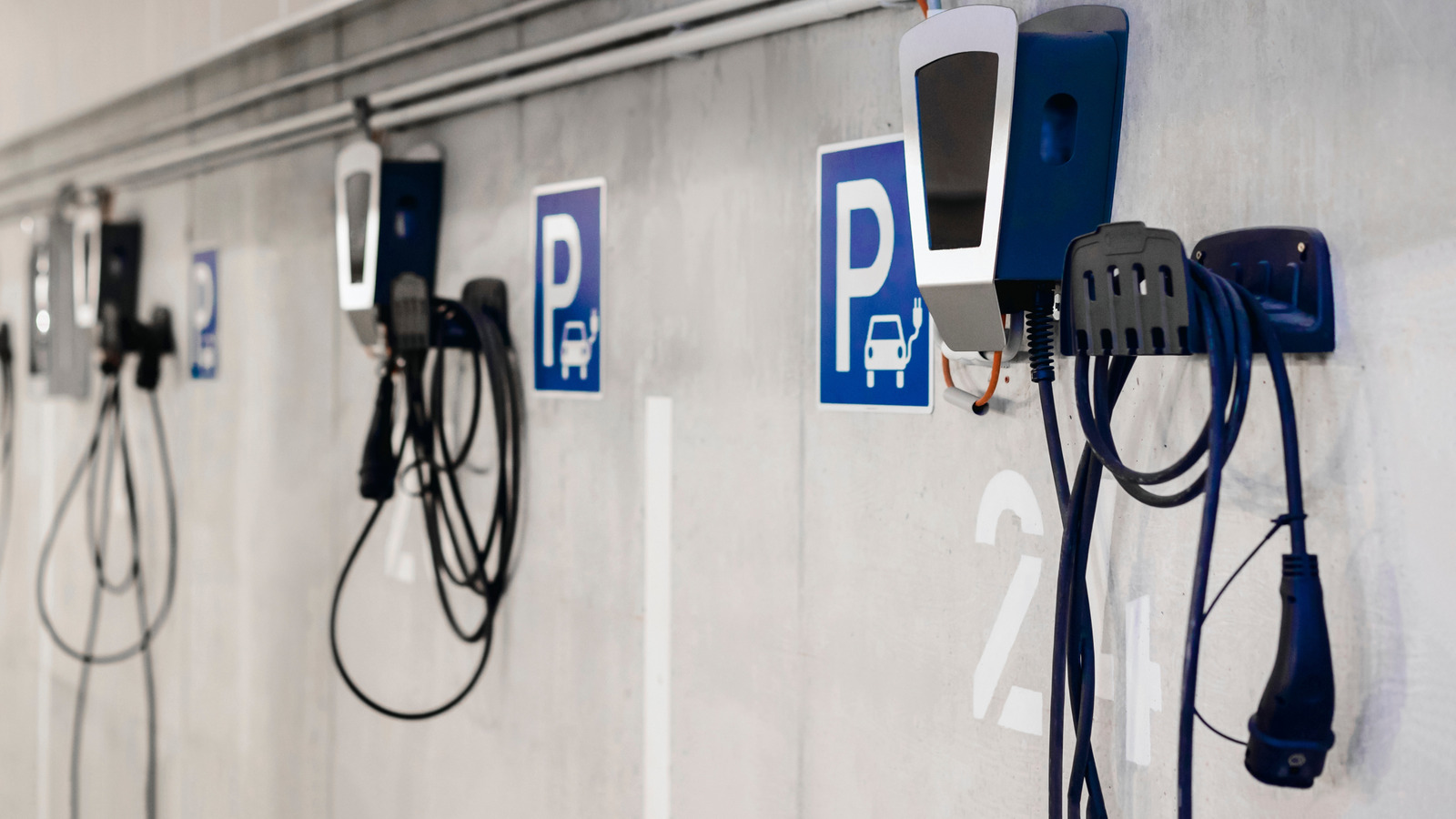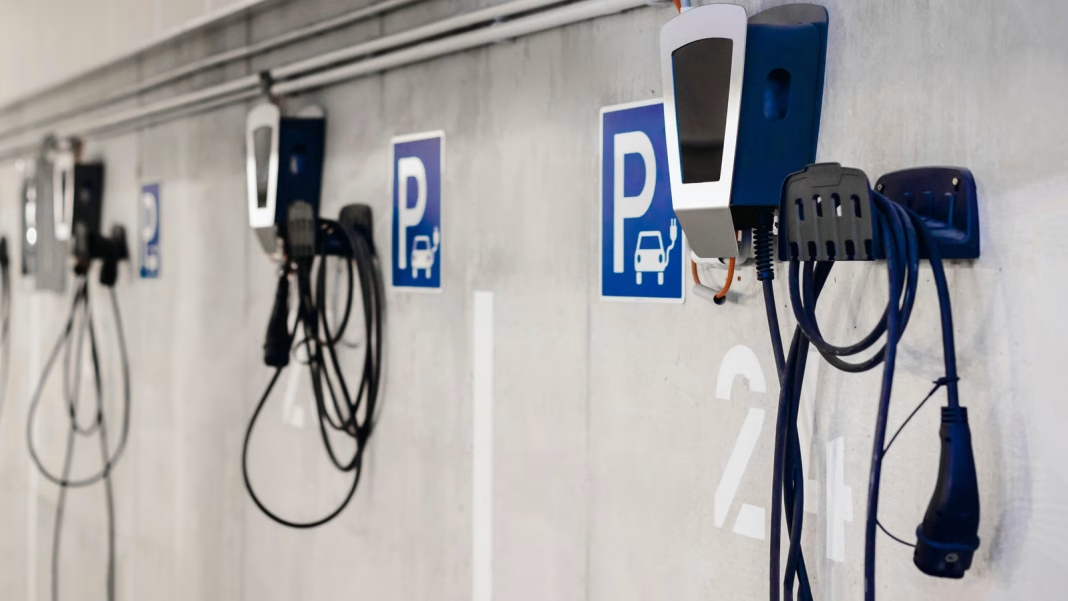How Much Can Building Owners Really Get for Installing EV Chargers?
If you own or manage a building, you might be surprised by just how much support is available for adding electric vehicle charging stations. Right now, incentives can reach up to $8,500 for every Level 2 charger you install, and up to $2,000 for each Level 1 charger. That’s not pocket change—it’s a real opportunity to boost your property’s value while supporting the shift to cleaner transportation.
What’s the Difference Between Level 1 and Level 2 Chargers?
Let’s clear up the basics. Level 1 chargers are the slow-and-steady type. They plug into a standard outlet and typically add about 3-5 miles of range per hour. Great for overnight charging, but not ideal if you’re in a hurry. Level 2 chargers, on the other hand, require a 240-volt connection and can add 20-30 miles of range per hour. That’s a game-changer for apartment dwellers or employees who want to top up during the day.
Why Are These Incentives So Generous?
It’s not just about being green—there’s a practical push behind these numbers. According to the International Energy Agency, electric vehicle sales have soared, with global EV sales topping 10 million units in 2022. As more drivers make the switch, the demand for accessible charging grows. Governments and utilities know that if charging isn’t easy, adoption stalls. So, they’re putting real money on the table to help building owners bridge the gap.
How Do These Incentives Work in Practice?
The process is usually straightforward. Building owners apply through a state or local program, submit documentation, and—once approved—receive rebates or direct payments after installation. Some programs even offer technical assistance to help with planning and permitting. The key is to act quickly; funding pools can run dry as demand spikes.
What Are the Benefits for Property Owners and Tenants?
Let’s talk real-world perks. For building owners, installing EV chargers can attract higher-quality tenants and even justify premium rents. A 2023 report from the Urban Land Institute found that properties with EV charging infrastructure saw increased tenant satisfaction and longer lease renewals. For residents, it’s about convenience and peace of mind—no more hunting for a public charger or worrying about range anxiety.
Are There Any Hidden Challenges?
It’s not all smooth sailing. Upgrading electrical infrastructure can be costly, especially in older buildings. Permitting can be a headache, and you’ll need to coordinate with utilities for power upgrades. But with incentives covering a significant chunk of the upfront cost, the math often works out. Plus, some local governments offer additional support for low-income or disadvantaged communities, making it easier to get projects off the ground.
What Should You Watch Out For When Applying?
Don’t skip the fine print. Some programs require chargers to be networked or open to the public, while others focus on private access for residents. Make sure you understand eligibility requirements, deadlines, and reporting obligations. It’s also smart to get quotes from multiple installers and check references—quality matters, and a poorly installed charger can cause headaches down the road.
How Can You Maximize the Value of These Incentives?
Think beyond the minimum. If you’re already upgrading your parking area, consider future-proofing with extra conduit or space for additional chargers. Some building owners partner with EV charging companies to manage installation and maintenance, sharing revenue from public charging fees. Others use the opportunity to market their property as eco-friendly, attracting sustainability-minded tenants.
The big takeaway? Installing EV chargers isn’t about perfection—it’s about smarter adjustments. Start with one change this week, and you’ll likely spot the difference by month’s end.


